For every hour of patient care, clinicians and staff often spend nearly two hours on administrative tasks. From pre-visit chart prep to post-visit documentation, referral management, refill requests, and insurance paperwork, the operational load has become unsustainable.
This growing overhead isn’t just frustrating—it’s expensive. According to the Center for American Progress, the U.S. spends over $500 billion a year on administrative healthcare costs. That’s more than the entire GDP of some countries.
The good news? There’s a way out. By strategically adopting AI—specifically agentic AI built for healthcare clinics—organizations can dramatically reduce admin load, free up staff time, and refocus resources on patient care.
What Counts as Administrative Overhead?
Administrative overhead includes:
- Pre-charting (pulling records, labs, device data)
- Refill request review and processing
- Fax inbox management and document triage
- Referral intake and coordination
- Prior authorization form submission
- Inbox triage and portal message responses
These aren’t value-generating tasks—they don’t improve outcomes or patient experience. But they consume a massive share of clinic resources.
The Cost of Doing Nothing
Failing to address administrative overhead results in:
- Lower margins due to higher staffing costs
- Burnout and turnover among clinical and non-clinical staff
- Longer patient wait times and appointment delays
- Reduced capacity to scale care delivery
In short: If you don’t fix the back office, it eventually breaks the front office.
Enter Agentic AI: Built to Do the Work, Not Just Suggest It
The biggest leap in healthcare AI isn’t just about insights or language—it’s about action. Agentic AI refers to platforms that can autonomously complete admin tasks inside the EHR, with little to no human involvement.
This means AI that can:
- Log into your fax inbox and classify inbound documents
- Initiate prior auth submissions based on visit type and payer rules
- Prep charts by pulling patient vitals, lab results, and device data
- Manage refill queues with specialty-specific criteria
Unlike chatbots or LLM wrappers, agentic AI behaves like a real coworker—one who knows your workflows, operates in your systems, and gets things done.
How Clinics Are Using AI to Cut Admin Load
1. Chart Prep
Instead of staff spending 10–15 minutes per patient manually gathering labs, meds, and vitals, AI agents can do this in seconds—automatically flagging missing data or inconsistencies.
2. Fax Management
AI can sort, label, and route faxes based on sender, subject line, and content—cutting document processing time by over 80% and eliminating backlogs.
3. Refill Handling
Specialty-specific agents can approve refills based on protocol, flag exceptions for review, and document the action—all within the EHR.
4. Referral Intake
AI can extract relevant data from referral documents, match patients, notify care teams, and initiate follow-ups without human oversight.
5. Prior Authorizations
Based on the visit reason and insurance details, AI can prepare and submit the right forms, reducing delays and improving reimbursement rates.
Case Study: Honey Health in Action
Honey Health deploys secure AI coworkers (agents) to automate all of the above—and more—inside the clinic’s existing EHR. No new systems. No new tabs. No toggling.
In one multi-specialty practice, Honey’s platform reduced chart prep time by 83% across 6 providers and eliminated 90% of refill admin time. The practice saw an estimated $500K annual savings in labor costs—without reducing headcount. They simply reallocated staff to higher-impact tasks.
Scaling Without Hiring
Most outpatient and chronic care clinics face a paradox: they want to grow patient volume, but can’t afford to hire more admin staff. AI solves this by creating digital bandwidth.
Think of it like this: every AI agent is a virtual coworker that never calls out, never slows down, and always follows your workflow rules. Add five agents, and you’ve added five full-time equivalents (FTEs) without the cost of hiring, training, or benefits.
Why This Matters Now
Staffing shortages are expected to grow. Payer requirements aren’t going away. And patients expect more efficient care experiences than ever.
The only sustainable way to meet this moment is with automation. But not just any automation—healthcare-grade, secure, EHR-native AI that works how you work.
What to Look for in an AI Partner
If you’re considering AI to reduce administrative overhead, make sure to ask:
- Does it operate natively in my EHR?
- Can it actually complete tasks, not just suggest them?
- Is it trained on healthcare workflows and documents?
- Can I scale agents over time across tasks and teams?
- Is it compliant, auditable, and traceable?
Conclusion: Take Back the Back Office
Reducing admin overhead isn’t just a tech upgrade—it’s a strategic shift. It frees your team to focus on patients, reduces burnout, and unlocks capacity to scale care without scaling costs.
AI won’t replace your team—it will remove the repetitive work holding them back. And that’s the kind of transformation every clinic deserves.

